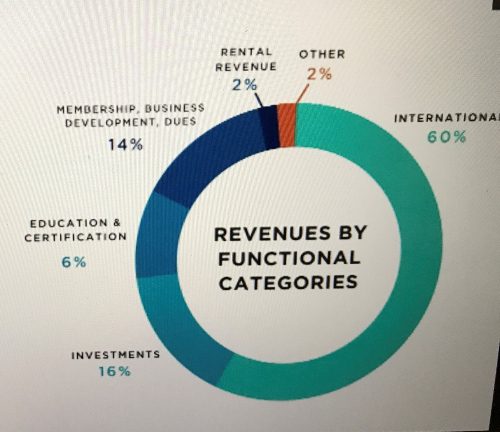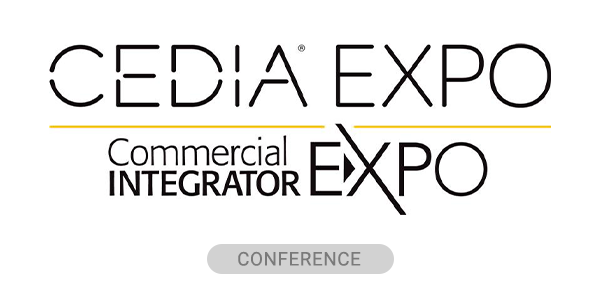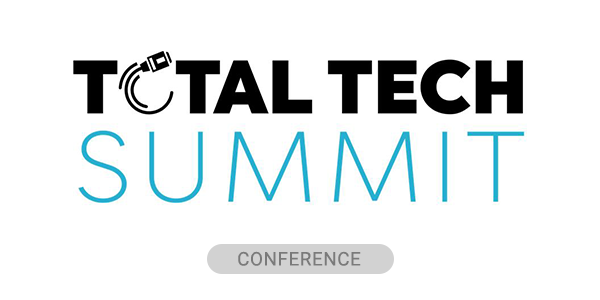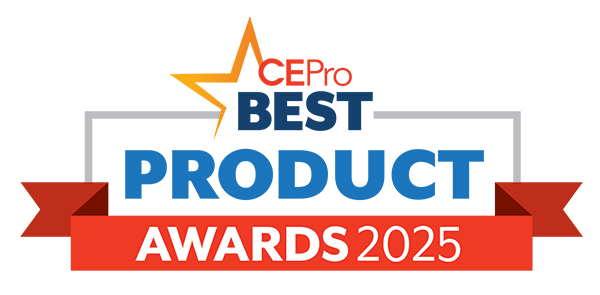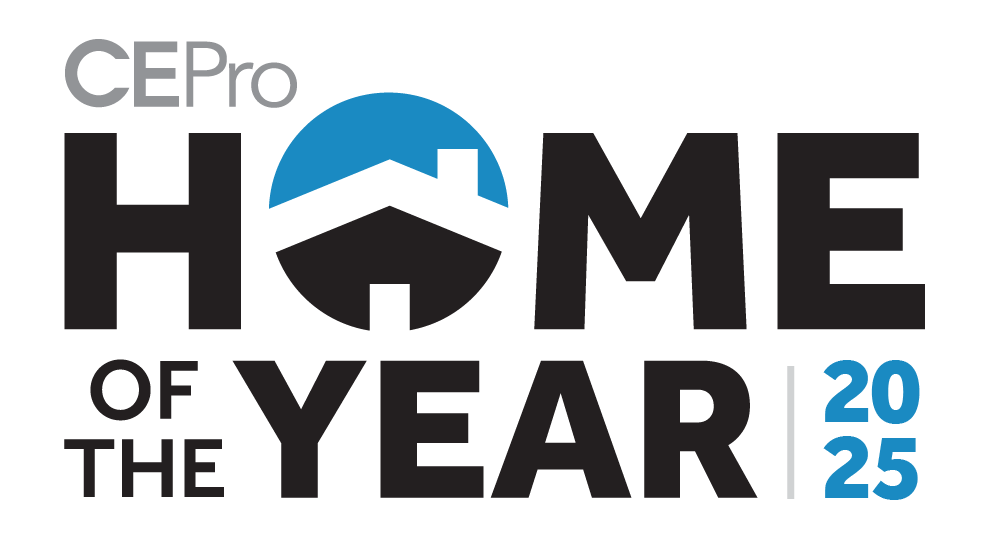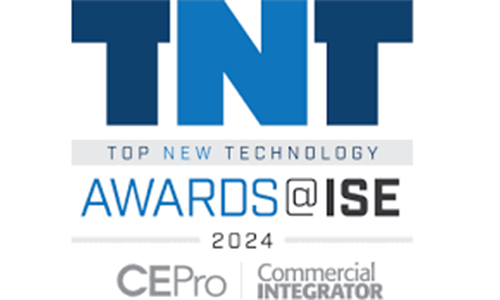Despite the global pandemic that restricted CEDIA from achieving many of its goals, CEDIA’s State of the Association update reflected an organization continuing to push forward and one that is in solid financial footing. The annual CEDIA “State of the Association” presentation provided a glimpse into the organization’s membership, programs, legislative work and financials among other things. The information was a mix of 2021 status reports, along with certain key data, such as its financials and membership, pertaining to 2020, which is the latest year available.
The update kicked off with new global CEO Daryl Friedman welcoming attendees. He then turned it over to Wendy Griffiths, vice president of engagement and global development, who covered the status of membership by saying, “I am excited to share with you that not only have we had our biggest member growth since 2015, but we’ve also seen fantastic loyalty from our existing members, ending this year with an 82% global retention rate, our highest recorded retention on record.”
Among the areas of specific membership growth in 2021 are:
- New individual members up 145%
- Industry-related professional membership up 168%
- Home technology integrator membership up 75%
“With members in 76 countries, we continue to focus our attention on specific, established and emerging markets. Two specific markets where we have seen exceptional growth in 2021 are the U.S. and Latin America, specifically in Mexico.
A break down of the 2020 membership is:
- Home technology integrators — 67%
- Individual members — 19%
- Trade suppliers — 16%
- Industry-related professionals — 8%
Griffiths also gave thanks to the association’s 163 volunteers, who she called “the true lifeblood of our association.” She individually recognized the four CEDIA Volunteers of the Year for their hard work. She mentioned that in the past four months there have been a number of new working groups set up in various countries to enable CEDIA to better localized some of its programs.
Education, Workforce Development Push Ahead
Next, David Whitney, senior director of certification, provided a few highlights of the association’s certification and workforce development strides in 2021, including the launch of the new CIT certification in January. He noted that so far more than 150 individuals have earned the new CIT certification.
Whitney also noted that the association has been working hard to fill out the new Integrated Systems Technician (IST) exam, which is a level above CIT and covers a broad range of skills for integrators. The IST, which replaces the previous ESC-T certification, is a “stronger and more mature credential,” according to Whitney, with about 30% more content and stricter pre-requisites, including work experience, a required foundational certification, and a code of conduct. The association has just completed beta testing on the new IST credential, and 51 individuals from seven countries have earned it.

Whitney noted that CEDIA plans to pursue formal international accreditation for its certifications and he hinted that the announcement of that approval might occur in January 2022. Whitney acknowledged how important online training is, and reports that in 2021 attendees completed more than 5,000 hours of remote learning via the CEDIA Academy portal.
Lastly, he addressed workforce development initiatives, noting the new Smart Home Technician Apprenticeship program is gaining momentum and 21 apprentices have been placed in U.K. companies. Also, the new PowerHouse Alliance agreement to stage various CEDIA trainings in person in the distributor alliance’s branch locations in 2022 is eagerly expected to expand the education reach.
Legislative Issues Focus on Licensing
Next, Darren Reaman, director of government affairs, reviewed some of the legislative initiatives undertaken by the association over the past year. In 2021, the association worked on legislation in NewSouth Wales, Australia, as well as in the states of Maryland, Michigan, New Jersey and Oklahoma, and in the city of Houston.
“The common theme for all of these jurisdictions was licensing,” explains Reaman. “For years, our top priority has been the issue of electrical licensing. As technology systems and electrical systems become more deeply connected, the issues of electrical and low-voltage licensing have increased in importance. Increased use of Power over Ethernet, low-voltage lighting, and other technologies in residential and commercial projects have driven the rise in legislative activity at the state and local levels. CEDIA works daily to track, monitor and lobby pending licensing legislation to ensure the appropriate exemptions are defined to represent the work done by integrators today and in the future. It is vital for jurisdictions to use forward-looking code language to support current and future technology innovations.”
Reaman went on to note that CEDIA is working to have a voice on Code Making Panel #3 for the upcoming updates for the 2023 version of the National Electrical Code (NEC), which includes Article 725 that covers the primary areas of work done by residential integrators.
CEDIA Events Take a Hit
Giles Sutton, senior vice president, gave an update on CEDIA’s events business.
“As the world emerged from lockdown in 2021, we gradually saw a return to normality for in-person events,” he notes.
Sutton says the association’s Tech Summits held in the fall of 2021 in the U.K. and the U.S. (in Southern California, Texas, and Florida) were successful with over 1,500 people attend globally. Combined, the Tech Summit events had a total of 45 training classes on subjects ranging from Ultra HD 4K and 8K, HDMI 2.1 and HDR projection.
“Despite the challenges of holding in-person events, we are excited by the enthusiasm the industry has shown for returning to them,” he says, adding that the 2022 Tech Summit schedule is still in the works.
Sutton also touted the CEDIA EMEA awards event in London that had 375 attendees and was streamed to 3,600 people online. Other events held by CEDIA in 2021 included the recent virtual WellCon conference focusing on wellness technology. The mid-November event had 500 attendees.
He also noted that CEDIA hosted 14 new Certified Outreach Instructor (COI) classes in 2021 that graduated 79 new COIs, bringing the total to 729 globally. Those COIs in turn conducted classes for more than 2,000 industry professionals in the homebuilding, architecture, design and other trades. The association has also expanded its partnerships to bring more training to the market in 2022 via Nationwide Marketing Group/HTSN, PowerHouse Alliance, the Grow with Google initiative, and a pavilion and education track at the upcoming International Builders Show.
2020 Audited Finances Are Solid
Despite the pandemic and reduced revenues, CEDIA’s overall net assets increased by $1.4 million to end 2020.
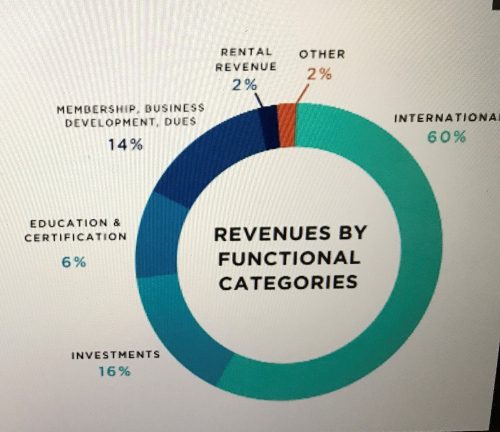
Kory Dickerson, vice president of operations at CEDIA, admitted the pandemic has brought with it “many restrictions and hurdles that have caused the need to adapt,” adding “Though 2020 was a challenging year for all of us, the association is still in a strong position to continue to support the success and growth of our members and the industry with overall net assets of $41.6 million as of December 31, 2020.”
He noted that total revenues in 2020 decreased by approximately $1.3 million, from $11.5 million in 2019 to $10.2 million in 2020.
“This decrease was primarily due to the onset of the global pandemic and the steps taken by the association to address its impact,” says Dickerson. Among those steps taken were the cancellation of all the Tech Summits after February 2020, and the cancellation of the in-person CEDIA Expo 2020. The association adapted by offering free education to the industry via its CEDIA Strong campaign. Dickerson noted that fortunately the Integrated Systems Europe (ISE) show was able to held in Amsterdam in February 2020 before the pandemic shutdowns began. CEDIA jointly owns that event with AVIXA.
From an investment standpoint, CEDIA earned $1.9 million from its portfolio, down significantly from $5 million in 2019. In early 2020, Dickerson says the association paid off its outstanding debt.
“This allowed greater financial flexibility, and to eliminate our interest expense,” he says.
For 2020, CEDIA’s investment portfolio generated a strong 9% return in 2020, with the portfolio having a total value of $20.3 million to end the year. To counter the lower revenues, CEDIA reduced its expenses by $5 million in 2020. Dickerson explains not holding face-to-face events in 2020, as well as taking its awards program virtual accounted for $1.7 million of that expense reduction.
“There is also a focused effort by leadership to manage expenses properly with the uncertainty brought on by the pandemic,” he says. That effort resulted in reductions across all segments of the association, including salaries and benefits, marketing and travel. He noted, however, that CEDIA continued to invest in enhancing the CEDIA Academy online portal and launched a refreshed website.
The State of the Association presentation also gave a tribute to Will West and Eric Smith, founders of Control4, and winners of CEDIA’s Lifetime Achievement Award.
Friedman concluded the report by noting his priorities as the new CEO, including a major research project to better understand the needs of integrators worldwide, as well as the perception consumers have of custom installers.
“That research will inform our strategic plan so we can have a guidepost for the next three to five years to help make sure this industry continues to grow,” he concludes.
